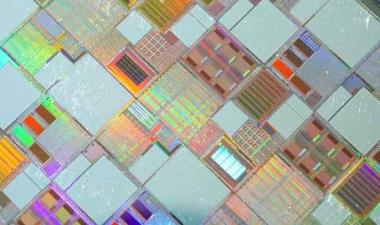Apple's Sustainability Efforts:
A Closer Look
Navigating the Complex Landscape of Semiconductor Emissions
Apple has made significant strides in its sustainability initiatives, but the challenges of reducing semiconductor emissions remain substantial. As the company continues to push the boundaries of technological innovation, it's essential to evaluate the environmental impact of its products and manufacturing processes.
While Apple's latest product announcements haven't showcased groundbreaking sustainability features, there have been incremental improvements. The Apple Watch Series 10's carbon neutrality, achieved through the use of carbon credits, is a positive step. However, the iPhone 16 series has demonstrated minimal changes in emissions compared to its predecessors.
The reported carbon footprint of the iPhone 16 Pro (128 GB) compared to the iPhone 15 Pro (128 GB), are identical at 66 kg CO2e. The difficulty in making these products “carbon neutral” is clear to see. Taking the same carbon credit approach, Apple would need to offset approximately 8.5x the amount it does for each watch for each 128 GB storage iPhone. Hence, it seems further gains are needed in reducing manufacturing emissions to reach Apple’s stated 2030 net-zero pledge across its product range.
The Challenge of Scope 3 Emissions
Apple's efforts to reduce Scope 3 emissions, those generated by its supply chain, have shown progress since 2020. This stands in contrast to other tech giants like Microsoft and Google, which have seen significant increases. However, Apple's exclusion of capital goods from Scope 3 reporting due to limited data availability complicates the picture.
Apple's expanding data center infrastructure also poses a significant challenge to its sustainability goals. As the company invests heavily in these facilities to support its growing product ecosystem, the energy consumption associated with their operation becomes increasingly significant.
On a more positive note, Apple has made strides in reducing the carbon footprint of its semiconductor manufacturing. TechInsights' analysis of the M4 processor reveals a decrease in emissions per transistor, demonstrating the potential for efficiency gains in chip design and production.
The Road Ahead
As the semiconductor industry continues to evolve, Apple is navigating the complex interplay between innovation and sustainability. While the company has made progress in certain areas, addressing the challenges posed by data centers and the growing complexity of semiconductor manufacturing will be crucial in achieving its ambitious sustainability goals.
For details and analysis on what Apple has done to reduce its Scope 3 emissions and future sustainability efforts they will need to address the environmental impact of data centers, read our full report.














